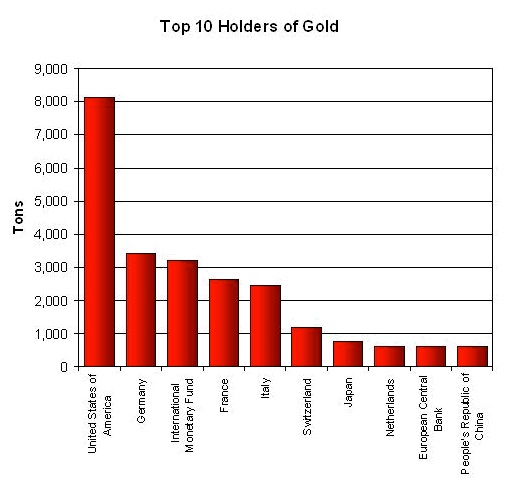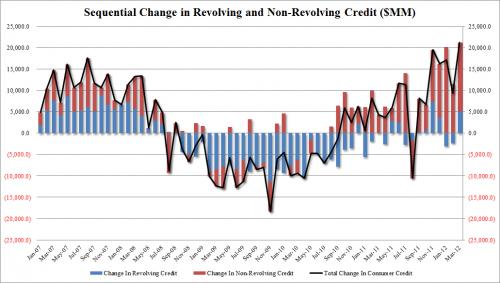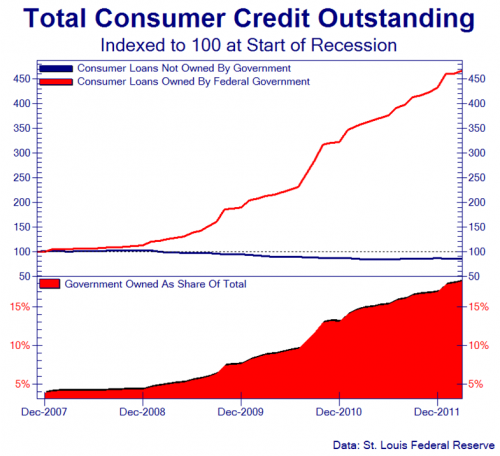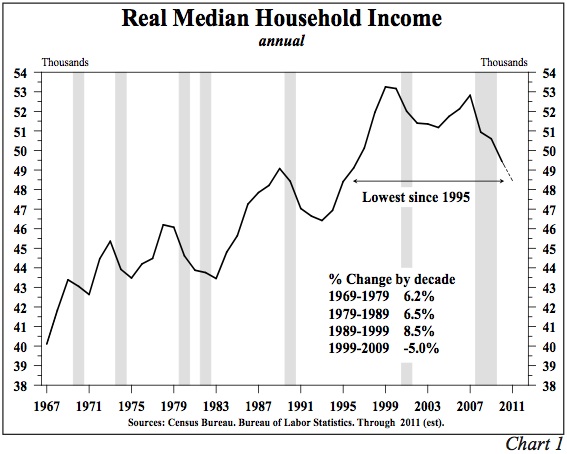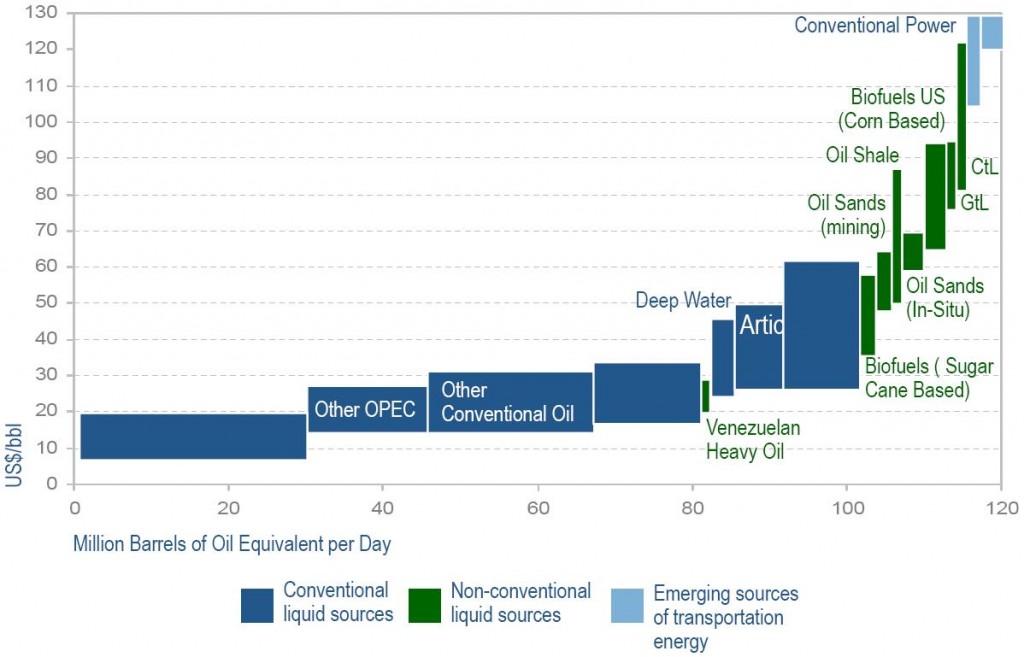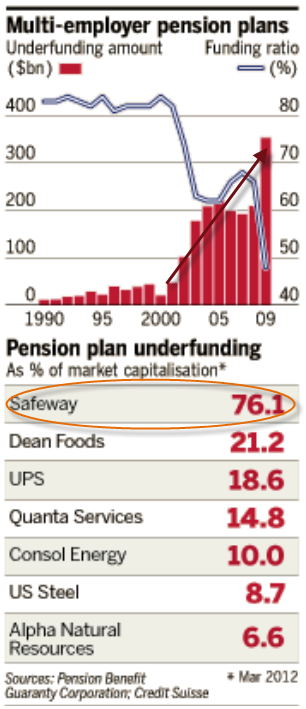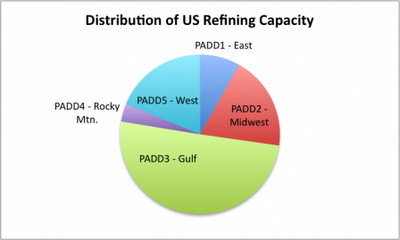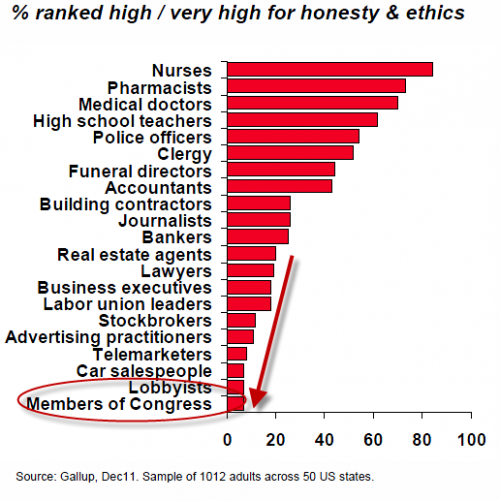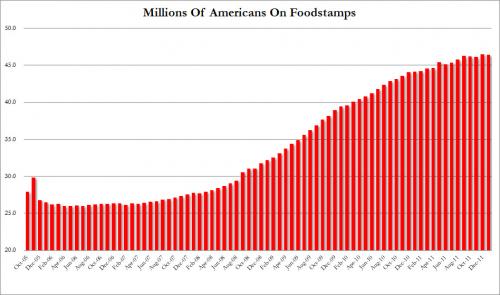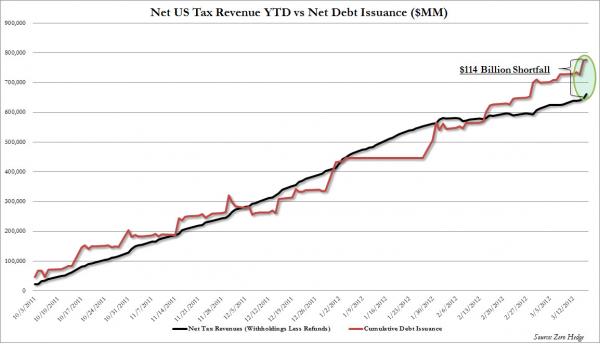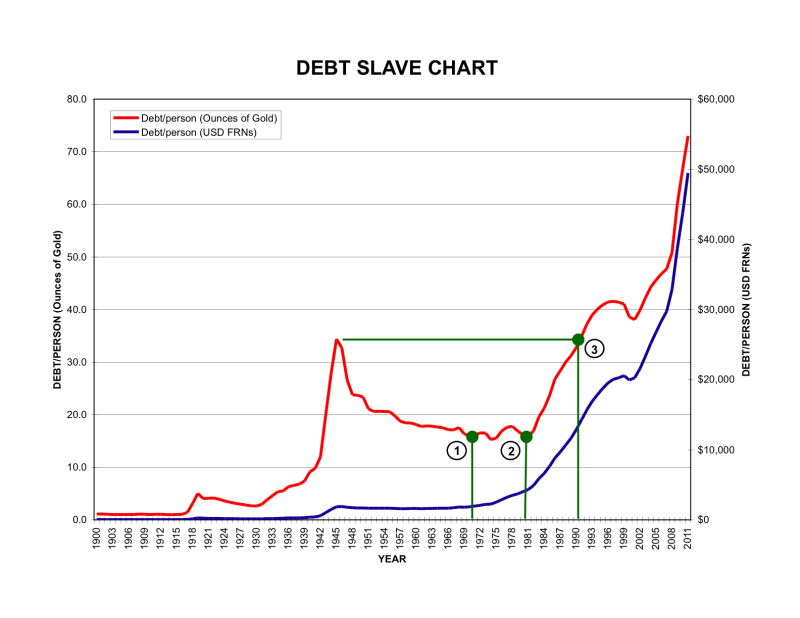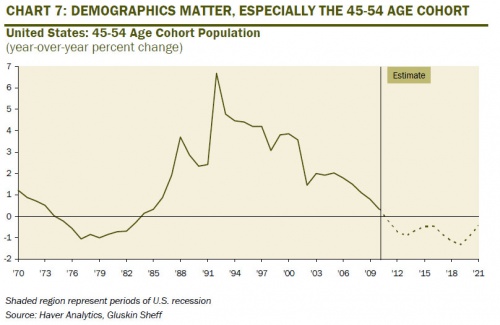Posted By thestatedtruth.com on June 24, 2012
At least somebody has this figured out!
Ministry of [Un]Truth
By Eric Sprott & David Baker
Speaking at a Brussels conference back in April 2011, Eurogroup President Jean Claude Juncker notably stated during a panel discussion that “when it becomes serious, you have to lie.” He was referring to situations where the act of “pre-indicating” decisions on eurozone policy could fuel speculation that could harm the markets and undermine their policies’ effectiveness. Everyone understands that the authorities sometimes lie in order to promote calm in the markets, but it was unexpected to hear such a high-level official actually admit to doing so. They’re not supposed to admit that they lie. It is also somewhat disconcerting given the fact that virtually every economic event we have lived through since that time can very easily be described as “serious”. Bank runs in Spain and Greece are indeed “serious”, as is the weak economic data now emanating from Europe, the US and China. Should we assume that the authorities have been lying more frequently than usual over the past year?
When former Fed Chairman Alan Greenspan denied and down-played the US housing bubble back in 2004 and 2005, the market didn’t realize how wrong he was until the bubble burst in 2007-2008. The same applies to the current Fed Chairman, Ben Bernanke, when he famously told US Congress in March of 2007 that “At this juncture…the impact on the broader economy and financial markets of the problems in the subprime markets seems likely to be contained.” They weren’t necessarily lying, per se, they just underestimated the seriousness of the problem. At this point in the crisis, however, we are hard pressed to believe anything uttered by a central planner or financial authority figure. How many times have we heard that the eurozone crisis has been solved? And how many times have we heard officials flat out lie while the roof is burning over their heads?
Back in March, following the successful €530 billion launch of LTRO II, European Central Bank President Mario Draghi assured Germany’s Bild Newspaper then “The worst is over… the situation is stabilizing.” The situation certainly did stabilize…for about a month. And then the bank runs started up again and sovereign bond yields spiked. Draghi has since treaded the awkward plank of promoting calm while slipping out enough bad news to ensure the eurocrats stay on their toes. As ING economist Carsten Brzeski aptly described at an ECB press conference in early June, “Listening to the ECB’s macro-economic assessment was a bit like listening to whistles in the dark… It looks as if they are becoming increasingly worried, but do not want to show it.” And the situation has now deteriorated to the point where Draghi can’t possibly show it. Although Draghi does now warn of “serious downside risks” in the eurozone, he maintains that they are, in his words, “mostly to do with heightened uncertainty”. Of course they are, Mario. Europe’s issues are simply due to a vague feeling of unease felt among the EU populace. They have nothing to do with fact that the EU banking system is on the verge of collapsing in on itself.
When Prime Minister Mariano Rajoy assured the Spanish press that “There will be no rescue of the Spanish banking sector” on May 28th, the Spanish government announced a $125 billion bailout for its banks a mere two weeks later. This apparent deceit was not lost on the Spanish left, who were quick to dub him “Lying Rajoy”. But Mr. Rajoy didn’t seem phased in the least. As the Guardian writes, “Even when the outpouring of outrage forced Rajoy to call a hasty press conference the next day, he still refused to use the word “bailout” – or any other word for that matter – and referred mysteriously to “what happened on Saturday”. He went as far as to say that Spain’s emergency had been “resolved” (“thanks to my pressure”, he said). He then took a plane to Poland to watch the national football team play (“the players deserve my presence”).” Sound credible to you?
Then there are the bankers. Back in April, JP Morgan CEO Jamie Dimon blithely dismissed media reports as a “tempest in a teapot” that referred to massively outsized derivative positions held by the bank’s traders in the Chief Investment Office in London. That “tempest” was soon revealed to have resulted in a $2 billion trading loss for the bank roughly four weeks later. In testimony before the Senate Banking Committee this past week, Dimon explained that “This particular synthetic credit portfolio was intended to earn a lot of revenue if there was a crisis. I consider that a hedge.” He went on to add that regulators “can’t stop something like this from happening. It was purely a management mistake.” That’s just wonderful. Can we expect more ‘mistakes’ of this nature in the coming months given JP Morgan’s estimated $70 trillion in derivatives exposure? And will the US taxpayer willingly bail out JP Morgan when it does? Everyone knows the derivatives position wasn’t a hedge – but what else is Dimon going to say? That JP Morgan is making reckless derivatives bets overseas with other people’s money that’s backstopped by the US government? Credibility is leaving the system.
There is certainly a sense that the authorities can no longer be candid about this ongoing crisis, even if they want to be. On June 11th Austria’s finance minister, Maria Fekter, opined in a television interview that, “Italy has to work its way out of its economic dilemma of very high deficits and debt, but of course it may be that, given the high rates Italy pays to refinance on markets, they too will need support.” Her honesty sent Italian bond yields soaring and earned her some harsh criticism from eurozone officials, including Italian Prime Minister Mario Monti. As one eurozone official stated, “The problem is that this is market sensitive… It’s one thing if journalists write this but quite another if a eurozone minister says it. Verbal discipline is very important but she doesn’t seem to get that.” See no evil, hear no evil… and speak no evil. That’s the way forward for the eurozone elites.
We have no doubt that everyone is tired of bad news, but we are compelled to review the facts: Europe is currently experiencing severe bank runs, budgets in virtually every western country on the planet are out of control, the banking system is running excessive leverage and risk, the costs of servicing the ever-increasing amounts of government debt are rising rapidly, and the economies of Europe, Asia and the United States are slowing down or are in full contraction. There’s no sugar coating it and we have to stop listening to politicians and central planners who continue to downplay, obfuscate and flat out lie about the current economic reality. Stop listening to them.
NOTHING the central bankers have done up to this point has WORKED. All efforts have simply been aimed at keeping the financial system from imploding. QE I and II haven’t worked. LTRO I and II haven’t worked, and the most recent central bank initiatives are not even producing short-term benefits at this stage of the crisis. Just take Spain, for example. Following Rajoy’s announcement of the $125 billion bailout loan for the Spanish banks on June 10th, Spanish bond yields were trading back over 7% one week later – the same yield level at which other eurozone countries have been forced to ask for further international aid. The market still doesn’t even know what entity is going to pay the $125 billion, let alone when the funds will actually be released or whether the Spanish government will have to count it as part of its national debt. Spain is the fourth largest economy in the eurozone and larger than the previously bailedout Greece, Ireland and Portugal combined. At this point, it’s not even clear if the ECB will be allowed to bail out a country of Spain’s size, let alone Italy, which is now asking the ECB to use bailout funds to buyits sovereign bonds.
The situation in Europe is becoming an exercise in futility. The positive effects of LTRO I and II, which combined pumped in over €1 trillion into European banks back in December 2011 and February 2012, have now been completely erased by the recent bank runs in Spain. Of the €523 billion released in LTRO II, roughly €200 billion was taken by Spanish banks. Of that amount, roughly €61 billion was estimated to have been reinvested back into Spanish sovereign bonds, which temporarily helped Spanish bond yields drop back to a sustainable level below 5.5%. Fast forward to today, and despite the LTRO infusions, the Spanish banks are all broke again after their underlying depositors withdrew billions over the past six weeks. The only liquid assets Spanish banks still own that they can sell to raise euros just happen to be government bonds… hence the rise in Spanish yields. So in essence, the entire benefit of the LTRO, which was a clever way of replenishing Spanish bank capital AND helping calm sovereign bond yields, has been completely reversed in roughly 14 weeks. It’s as we’ve said before- it’s not a sovereign problem, it’s a banking problem. This is why Spanish Prime Minister Rajoy is now pleading for help “to break the link between risk in the banking sector and sovereign risk.” Without a healthy sovereign bond market, peripheral eurozone countries simply have no way of supporting their bloated and insolvent banks.
The smart money is finally waking up to the dimension of the problem here and realizing that it’s really a banking issue. Deposit flight has revealed the vulnerability of the European banking system: when depositors make withdrawals, the only assets the banks can sell to raise liquidity are sovereign bonds, which creates the vicious downward spiral that up to this point has always resulted in some form of central bank bailout. Many eurozone authorities still have trouble understanding this. As Spanish Economy Minister, Luis de Guindos, recently stated to reporters at the G20 Summit, “We think… that the way markets are penalizing Spain today does not reflect the efforts we have made or the growth potential of the economy… Spain is a solvent country and a country which has a capacity to grow.” Every country has the capacity to grow. Not every country has a domestic banking system that has already borrowed €316 billion from the ECB so far this year (pre the most recently announced bailout), and needs to rollover roughly €600 billion in bank debt in 2012.That may be why the markets are reacting the way they are.
If you want to know what’s really going on, listen to the executives of companies that actually produce and sell things. On May 24, Tiffany & Co cut its fiscal-year sales and profit forecasts blaming “slowing growth in key markets like China and weakness in the United States as shoppers think twice about spending on high-end jewelry.” On June 8th, McDonald’s surprised the market with lower than expected same-store sales growth in May, following a lacklustre April sales report that the company stated was “largely due to underperformance in the United States, where consumers continue to seek out very low-priced food.”, On June 13th, Nucor Corp., the largest U.S. steelmaker by market value warned that its second-quarter profit will miss its previous guidance after a “surge” in imports undermined prices and “political and economic uncertainty affect buyers’ confidence”. On June 20th, Proctor and Gamble lowered its fourth quarter guidance and profit forecast for 2012. Factors that drove the company’s challenges included “slow-to-no GDP growth in developed markets”, high unemployment levels, significant commodity cost increases and “highly volatile foreign exchange rates”. Other companies that have recently lowered guidance include Danone, Nestle, Unilever, Cisco Systems, Dell, Lowe’s, and Fedex. It’s ugly out there, and many companies are politely warning the market about the type of environment they foresee ahead in both the US and abroad.
To give you a hint of how bad it is in Europe today, the most recent retail sales out of Netherlands showed a decline of 8.7% year-over-year in April. In Spain, retail sales fell 9.8% year-on-year in April, which was 6% greater than the revised drop of 3.8% in March. Declines of this magnitude are not normal occurrences and signal a significant shift in spending within those countries. We fear this is a sign of things to come within the broader Eurozone, which will only serve to complicate an already dire situation that much more.
The G6 central banks are out of conventional tools to solve this financial crisis. With interest rates at zero, and the thought of further stimulus rendered politically unpalatable for the time being, we cannot see any positive solutions to this problem other than debt repudiation. We continue to note the contrast between the reporting companies who by law cannot lie about their fiscal realities, versus the central planners who admit that they MUST lie to preserve calm and control. We’ll leave it to you to decide whose version of the truth you want to believe.
www.sprott.com
Category: Commentary, Economy, National News |
45 Comments »
Tags: Conference, Economy, Figured Out, Official, Srott, Un Truth
